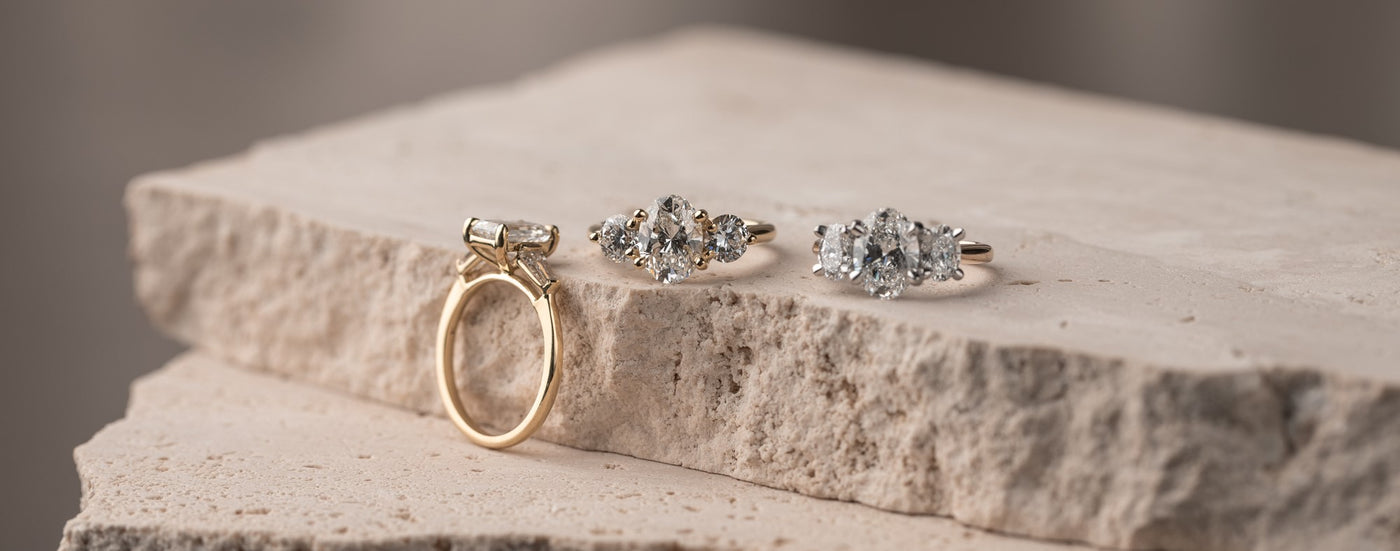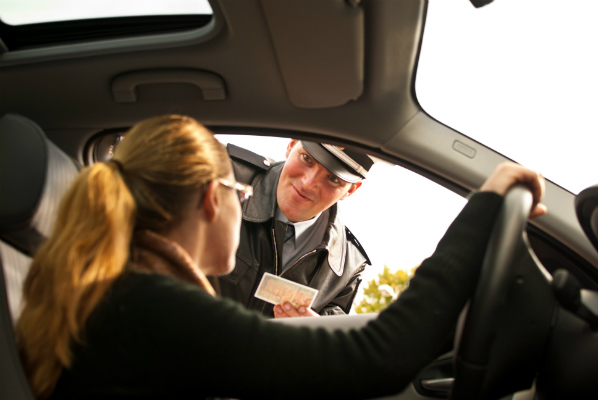
Are Hand Signals Still Legal To Use In Place Of Blinkers?
February 5, 2020Table of Contents
Signaling your intent to turn or change lanes when driving is an important safety consideration, and a legal requirement. Can you lawfully use your hands to signal in place of your vehicle’s blinkers?
Most people who drive in New Jersey do not think about the dozens of things that are required to do so safely; these actions are automatic, and so ingrained that things like signaling, braking for a stoplight, and checking an intersection for oncoming cars before proceeding are second-nature. It is important to remember that these actions are critical for accident prevention and safety and are also required under the law.
One such requirement is the duty to signal before changing lanes or making a turn. Indeed, failure to give a proper signal can result in two points on a driver’s record. Here is what you need to know about signaling in New Jersey, as well as whether or not the use of hand signals in place of blinkers is permitted in our state.
Duty to Signal in New Jersey
New Jersey Statutes Annotated (NJSA) Section 39:4-126 states that drivers may not make a turn at an intersection, move left or right, or enter a roadway or driveway unless it is safe to do so, and that before the movement can be performed, an appropriate signal must be given. More specifically, the statute mandates that a “signal of intention” be given at least 100 feet prior to the movement being performed.
Blinkers vs. Hand Signals in New Jersey
Perhaps surprisingly, the statute cited above continues on to read that the signal of intention can be made by an electrical or mechanical signal device (i.e. blinkers), or by “means of the hand and arm in the manner herein specified” (i.e. hand signals).
The New Jersey Driver Manual assumes that a driver will be using blinkers when operating a motor vehicle. Based on this assumption, the manual explains that the driver should be able to see the lighted arrows signaling the intent to turn on their dash, as well as hear the clicking associated with the blinkers’ use. If signals do not work, then they should be repaired. In the event that the blinkers do not work, a motorist should use hand signals in their place.
Hand Signals in New Jersey
In the event that you find yourself in a situation where the use of hand signals is your only means to signal your intention to change lanes or make a turn, it is important to know what each hand motion means:
- Left arm extended horizontally = left turn
- Left arm extended with a 90-degree bend at the elbow, hand pointing upward = right turn
- Left arm extended with a 90-degree bend at the elbow, hand pointing downward = slowing down/coming to a stop.
Call Our Law Firm Today
If you have been in an accident caused by a driver who failed to signal, reach out to our committed New Jersey personal injury lawyers at Lomurro Law today. We offer free consultations and work on a contingency fee basis.












